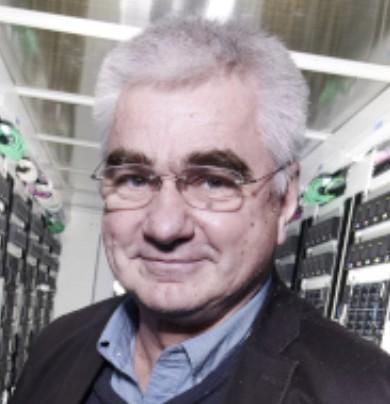Since 2014, CERN has required that all peer-reviewed primary research articles from CERN authors are published open access (OA), i.e. freely available for anyone around the world to read and re-use with appropriate attribution. This policy reflects the moral imperative of CERN as a publicly-funded organisation – supported by contributions from its Member States – to ensure that the results of our work accrue benefits to all.
I’m pleased to report that we are close to achieving full policy compliance: in 2021, 93.7% of the 1058 publications from CERN authors were published OA.
Credit for this achievement belongs to the members of our research community, who have long understood the importance of open access for their research in increasing visibility and enabling re-use and collaboration. In order to make it as easy as possible for CERN authors to comply with our policy, the CERN Scientific Information Service (SIS) has established a number of enabling mechanisms, thanks to which the OA share of CERN publications is gradually increasing.
The most impactful of these mechanisms is SCOAP3 (Sponsoring Consortium for Open Access Publishing in Particle Physics), which has arranged for automatic OA to research in high-energy physics, published in 11 of the leading journals in the discipline (participating journals). This initiative – supported by a global community of over 3000 libraries – has not only helped support the majority of CERN’s research to be published openly, its global, discipline-wide approach has extended this benefit to researchers around the world. Since its launch in 2014, SCOAP3 has enabled the barrier-free publishing of almost 50 000 research articles by authors from over 120 countries.
The next largest contributors to CERN’s OA research output – and growing in popularity – are the numerous agreements that the SIS has secured with relevant publishers. Since 2020, seven Read & Publish agreements (which combine OA publishing rights with read-only access to content) with AIP, APS, Elsevier, IEEE, IOP, Springer-Nature and Wiley have been established. Through these, CERN authors are now able to publish their research papers OA in more than 3800 journals. These agreements cover primarily research articles by CERN authors and, in many cases, CERN experiment collaborations.
To assist CERN authors in identifying their OA publishing options, a comprehensive author guide has been developed. CERN authors are encouraged to select SCOAP3 journals whenever possible and, for outside HEP, journals covered under existing agreements should be prioritised.
The mechanisms described in the author guide cover the vast majority of journals in areas relevant to CERN. To honour our commitment to ensuring OA to our output across all disciplines, a very limited central fund has been dedicated to pay for author fees of articles submitted to journals that are not covered by existing agreements. Eligibility for this funding is available only under certain conditions, with specific regulations in place for high-cost journal publications.
When selecting publication venues, it is important to note that research funders are increasingly de-emphasising journal impact factors when evaluating research proposals. For example, the new European Commission Horizon Europe Programme Guide indicates that: “The significance of publications will not be evaluated on the basis of the Journal Impact Factor of the venue they are published in, but on the basis of a qualitative assessment provided by the proposers for each publication.” Following the Paris call on Research Assessment, a broad coalition across European institutions and funders is currently being established to reform the research assessment processes and practices in favour of more qualitative measures. CERN has joined this initiative and, as a result, CERN authors are discouraged from using the impact factor as a criterion when selecting a publication outlet.
Achieving 100% OA to CERN’s research output is not simply an aspiration; it is a policy requirement and a key element of our holistic approach to open science, the comprehensive practice of which we believe is central to delivering on our scientific mission. The SIS has published detailed information about the range of options available for you to publish your work OA (including the author guide). With your help, we can reach our goal and continue to set a new global standard for scientific openness.
CERN authors are encouraged to contact the SIS – in particular, the resident OA expert, Anne Gentil-Beccot – for advice in advance of a submission.

